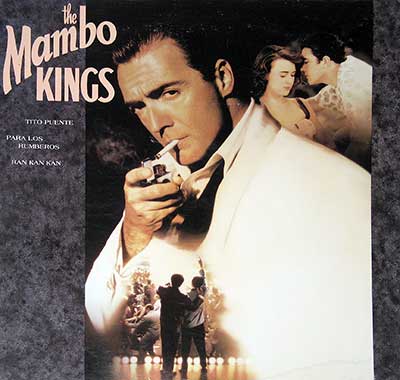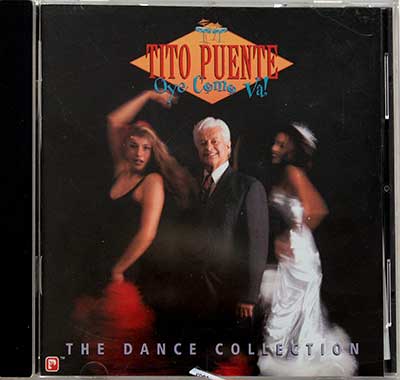Tito PuenteÕs Streetwise Mambo: ÒPara Los RumberosÓ / ÒRan Kan KanÓ Reimagined Album Description:
In 1992, when The Mambo Kings brought Afro-Caribbean pulse back into the mainstream, this 12" EP didnÕt just ride the wave Ñ it helped push it onto dance floors worldwide. Tito Puente, the timbalero who turned mambo into a universal language, teams up here with the new-school Nuyorican architects: ÒLittleÓ Louie Vega and Kenny ÒDopeÓ Gonzalez, working as Masters at Work and their alias KenLou. The result? A set of remixes that sound as much El Barrio as they do late-night club Ñ pure sabor with studio-sharp intent.
Context: Film, City, and Club Circuit
The movieÕs success sparked massive curiosity for the mambo and the songbook Puente had canonized decades earlier. New York in the early Õ90s was a crossroads: salsa dura in Latin clubs, house and swingbeat on the airwaves, hip-hop on every corner. This EP lands right in that intersection, showing that classic repertoire can breathe fresh street air without losing the discipline of the montuno.
Musical Exploration: From Ballroom to Sound System
The set opens with ÒPara Los Rumberos (KenLou Remix),Ó laying a steady four-on-the-floor and silky hi-hat under sharp brass stabs. The clave survives; the architecture changes. ÒPuenteÕs Vibe MixÓ lets vibes and percussion stretch out, cinematic and spacious, like a tracking shot through a live session. Ò5-Oh BeatsÓ strips it down to pure rhythm Ñ a DJ tool that lets the timbal have the last word.
Side B gets raw: ÒRan Kan Kan (TitoÕs Booted Mix)Ó hits hard, cowbell driving the syncopation, bass locked into a hypnotic motif. ÒMasters at Work DubÓ is after-hours laboratory work: echoes, dropouts, call-and-response loops that put you inside the booth. ItÕs a respectful homage and a bold re-read: tradition on the left, innovation on the right.
Puente in a New Light
In PuenteÕs long story, this EP is a chapter where the maestro lets his work cross another border. The timbal, his signature, still commands, but now it shares the frame with kick drums at 120-125 BPM and minimalist arrangements that didnÕt exist in the Palladium days. For some, it was the first time hearing Tito without the suit and tie Ñ dancing in sneakers. For lifelong rumberos, it proved the clave can live in any room.
Controversy: Purists vs. La Pista
Of course there was friction Ñ claro que s’. Purists asked if laying house beats under ÒPara Los RumberosÓ was sacrilege. DJs answered with packed floors: if the campana calls and people respond, the musicÕs alive. This EP doesnÕt bargain away the essence; it translates it. ItÕs mambo en otro idioma.
Production Crew and the Engine Room
Credits read straight: remixes by ÒLittleÓ Louie Vega and Kenny ÒDopeÓ Gonzalez. Their method here is surgical Ñ isolate the brass, reinforce percussion, slot the bassline into a lane where Caribbean syncopation rides club rails. Think editing, muting, and effects sends as new ways to Òmambo.Ó The sonic curation hints at multiple NYC rooms Ñ tight spaces, monitors pumping, tape and early digital gear in tandem Ñ the kind of setup where a well-micÕd conga can own the night.
Studio, City, and Process
This EP breathes NYC studio air: dry takes, gated precisely, short reverbs that keep the timbal front and center, and automation moves that ÒdanceÓ with the brass section. Masters at Work preserve the dynamics of the choruses, never flattening the peaks Ñ lo caliente stays caliente. If ballroom mambo relied on the room, this version leans on the booth Ñ but the energy still comes from hands on skin and brass on fire.
What Stays in the Ear
After a few spins, the EPÕs main point comes clear: PuenteÕs repertoire is flexible architecture. You can change the plaster, open new windows, give it club lighting Ñ the house still stands. ÒPara Los RumberosÓ and ÒRan Kan KanÓ were born in dances with polished shoes; here they move in rubber soles and midnight sweat. Same soul, new calle.
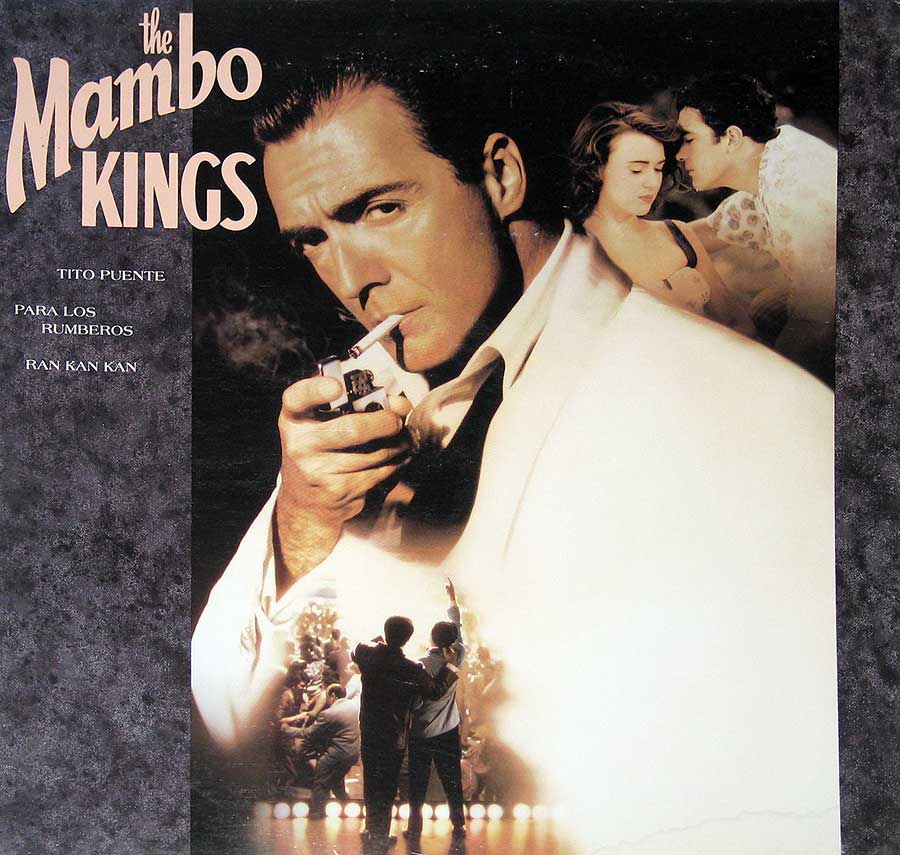

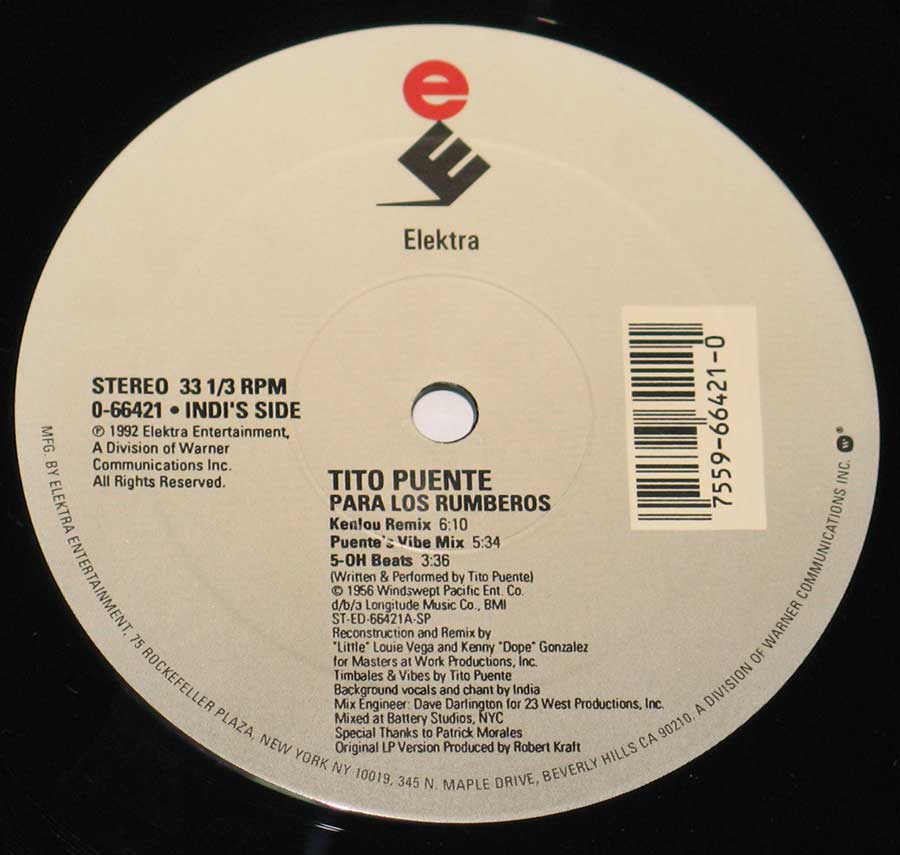
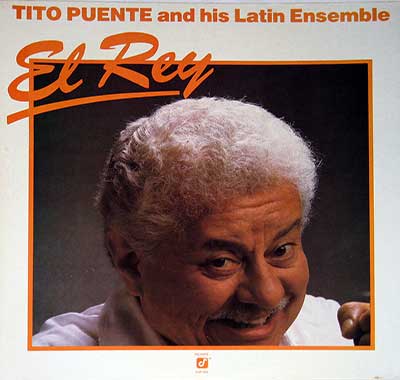
-HOMENAJE-A-RAFAEL-HERNANDEZ-400med.jpg)
